A recent report by the Institute for Energy Economics and Financial Analysis (Ieefa) forecasts that Rajasthan could add 22.6 GW of renewable energy to the grid by the end of FY2029-30. This will consist of 18 GW of new solar capacity, of which 3 GW is forecast to be distributed solar capacity (rooftop PV and solar irrigation pumps).
Rajasthan’s installed renewable energy capacity reached 9.6 GW at the end of FY 2019-20. This included 5.2 GW of solar. Also, during FY2019-20, it added more solar power capacity (1.7 GW) than any other Indian state—ahead of Karnataka (1.4 GW), the state with the highest installed solar capacity, and Tamil Nadu (1.3 GW).
“Rajasthan has a bright future as a renewable energy leader in India,” said the report’s author Kashish Shah, research analyst at Ieefa.
High solar radiation and wind speeds, and an abundance of barren land make Rajasthan suitable for utility-scale solar parks. And it is already home to the world’s largest solar park – the 2.25 GW Bhadla Solar Park, located in Jodhpur district.
“These factors make Rajasthan an attractive destination for domestic and foreign investors looking for opportunities in renewable energy, electricity grid infrastructure and associated manufacturing,” said Shah.
Electricity mix
Rajasthan’s electricity sector could look very different by the end of this decade, IEEFA’s modelling suggests.
Ieefa forecasts that the composition of the State’s electricity sector will shift dramatically, with renewables forming 74% of capacity and 63% of total generation by FY2029-30.
Today, renewable energy sources form 43.5% of Rajasthan’s operational installed capacity and produce 17.6% of its total on-grid generation. Meanwhile, the state’s 9.8 GW of coal-fired capacity makes up 45% of total installed capacity, producing 56.5% of entire on-grid generation.
IEEFA projects Rajasthan’s electricity requirements to grow by 42% over the next decade – from 81TWh in FY2019-20 to 115 TWh in FY2029-30.
“We estimate solar will supply 98% of the incremental electricity demand by FY2029-30; and that 4 GW of new onshore wind power capacity will serve 45% of the incremental demand,” said Shah.
“As the discoms look to cater to their incremental demand through cheaper, deflationary renewables, coal-fired plants will progressively lose out on market share to about 28% or 13 TWh by FY2029/30,” he added.
The modelling in the Ieefa report takes into account India’s economic slowdown and the Covid-19 pandemic, which has led to falling electricity demand.
This content is protected by copyright and may not be reused. If you want to cooperate with us and would like to reuse some of our content, please contact: editors@pv-magazine.com.
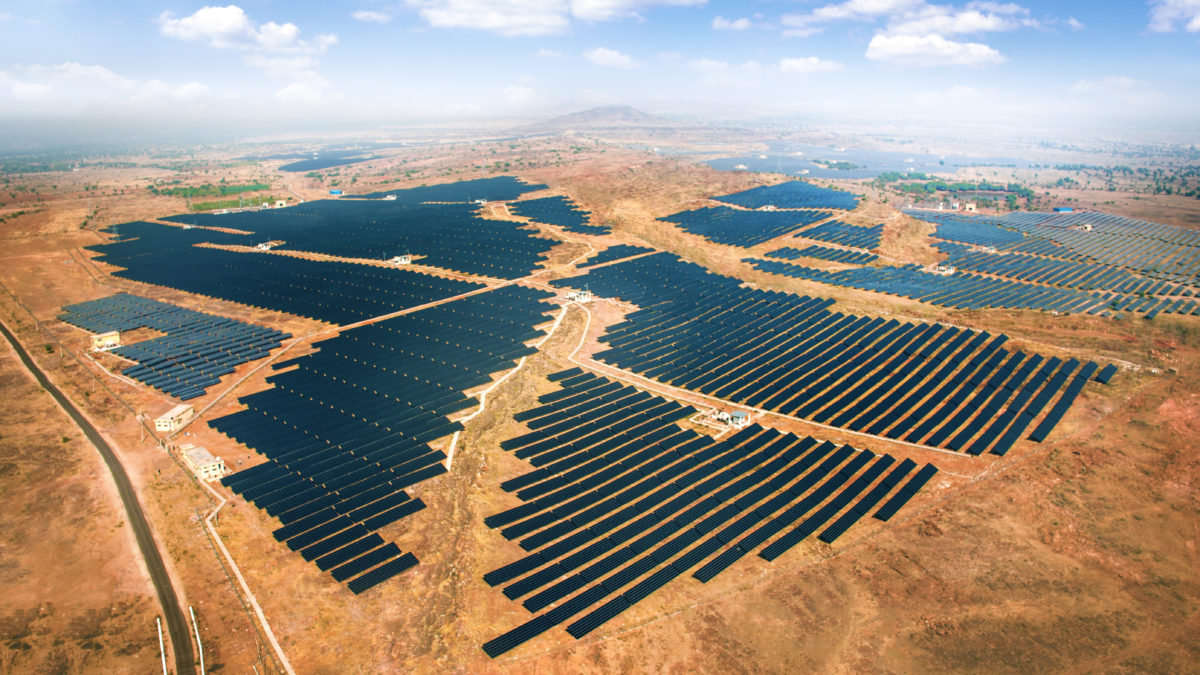
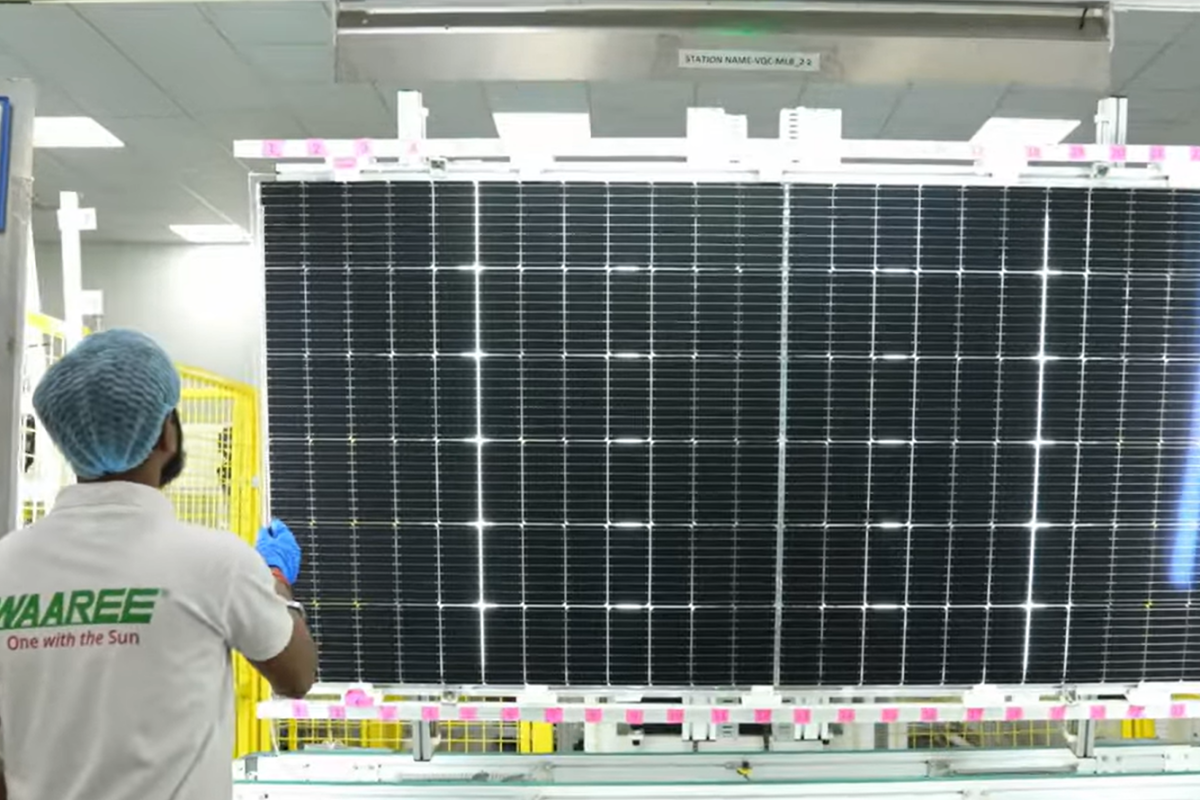


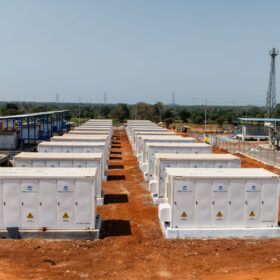

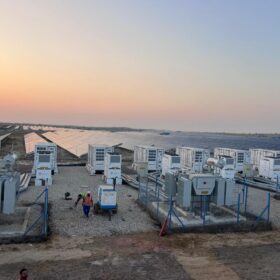

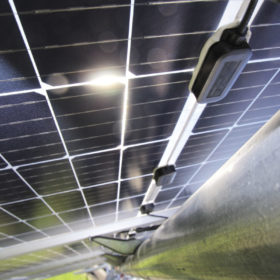
Since 1964, when I joined BITS, Pilani in Rajasthan, I have has first hand exposure to The Thar Desert State… Rajasthan.
Within the five years I saw the “greening” of this “desert”. In addition The Rajasthan Canal was also under Constuction at that time to bring Himalayan/Monsoon waters to the parched Western areas of Rajasthan.
After almost 50 years I returned and, as I suspected, there was no real desert anywhere. Water and farming had done its magic as man/farmers had benefitted by the virile (virgin) soil of this “desert”.
Now, I see many massive Solar Farms in Rajasthan on, it appears to be, Dry and Desert Properties. While it appears such “Solar Farms” do not destroy Fertile/Agricultural land, having seen the Greening of Rajasthan since Independence, these Solar Farms, using ground mounted PV Panels/Structures are depriving Rajasthan of scarce and additional agricultural land in the future. The only thing missing is Water/Irrigation to convert the Desert of Rajasthan to another Food Bowl for India.
AgriVoltaics is the appropriate solution for all rural PV Systems in India as they donot “destroy” the land below that could be used in the future for feeding its massive population…. projected to become the most populous nation in the world in the new future.
DISCOM’s outstanding dues to power GENCOS rise has been 36% to Rs 1.29 lakh Croes in July / August across India and Rajasthan DISCOM’s has not been able to pay GENCOS energy bills for last 10 – 11 months apart that STATE GENCO’s outstanding for fuel payment has been exponentially rising
DISCOM’s are under the stress since borrowing has become expensive apart they are not buying low cost solar power from SECI to meet consumer demand and growth.
The agriculture connections to farmers are long pending because of extremely poor health, negative industrial growth and shortfall in meeting demand to match growth. The economic development and employment opportunities are sinking.
This situation put doubts on meeting target fixed in the new solar policy 2019 for 30000 MW Solar Power Development by 2022 and even the forecast made in report launched by Institute for Energy Economics and Financial Analysis IEEAFA that Rajasthan could add consisting of 18 GW of new solar capacity, of which 3 GW shall be distributed solar capacity (rooftop PV and solar irrigation pumps).
The report has wonderful recommendations that putting 250 MW DSG+ Storage in each districts, Re – Powering 2500 MW old wind machines and installation of 15 GW big solar power plants will transform the energy sector providing clean energy at affordable cost by 2030.
The development of MEGA / ULTRA MW scale Solar Power Plants requiring huge converted land, heavy investment in EHV interstate transmission infrastructure and extensive time required for execute having huge water requirement are no more required on cost economic consideration as against potential available for DSG with Storage at distributed generation. The concept will fit into RPO 100% for Distribution Companies in the state and meet target of 15 -20 GW through installation of rooftop, standalone off-grid system and DSG with Storage to charge existing 3500 – 4000, 33 / 11 KV Distribution S/S spread over the villages in the rural area. Such a system has unique characteristics that it can supply load and also feed the grid to ensure 24×7 power supplies to all. The systems will technically fit in an existing transmission network and not have any environmental issues.
The cost economic models for execution of proposed recommendation with allocation of entire capacity of 10 GW to Distributed services is the essence IIEEFA must work and project these propositions with social, health and long term cost economic benefits.
Solar PPA prices since then declined to Rs. 2.36 / unit and Li-Ion batteries are rapidly falling. The sharp reduction of cost on wind, water, solar, and storage and innovation in RE generation technologies makes a perfect case now for the 100% elimination of carbon-intensive power generation technologies and transform to switch over to RE energy by 2030
The road map drawn in the report for 2030 must look now into the electrification of everything in all segments i.e. agriculture, residential, commercial, transport, and industrial including heating and cooling requirements by fast deployment of DSG + Battery Storage system with smart grid harmonization functions to harness immense solar potential available all across the state by installation of well-engineered 500 KW to 2.5 MW small scale DSG system with 25% storage capacity to generate at integrate at 3500 to 4000 nos. 33 /11 KV S/S.